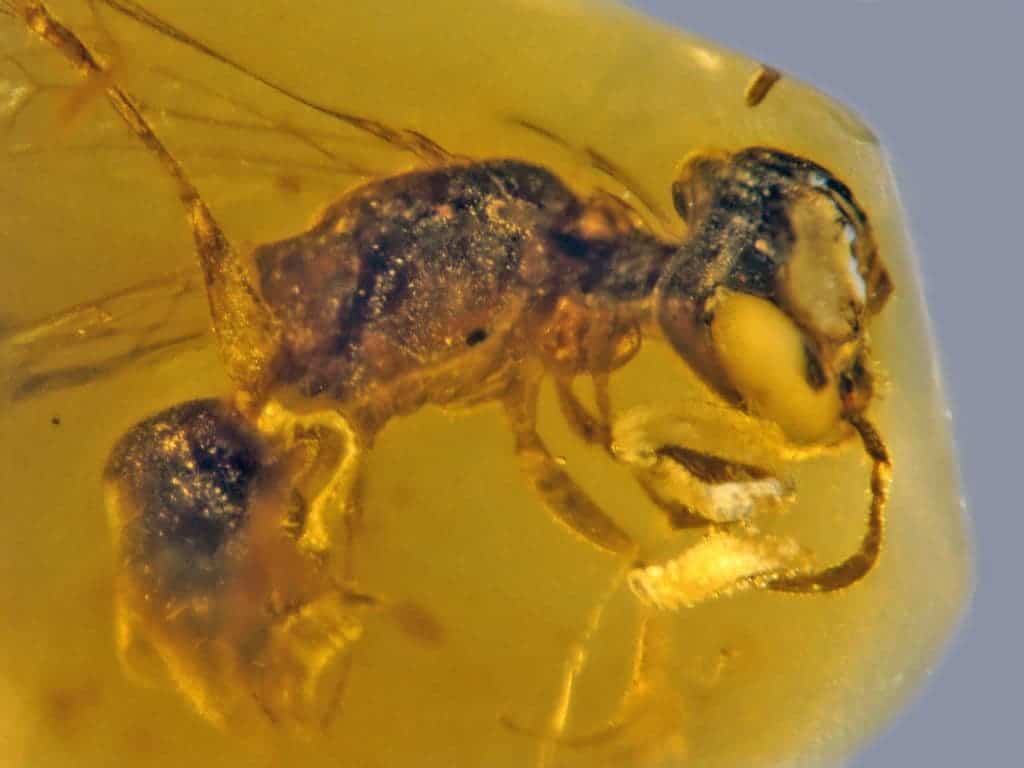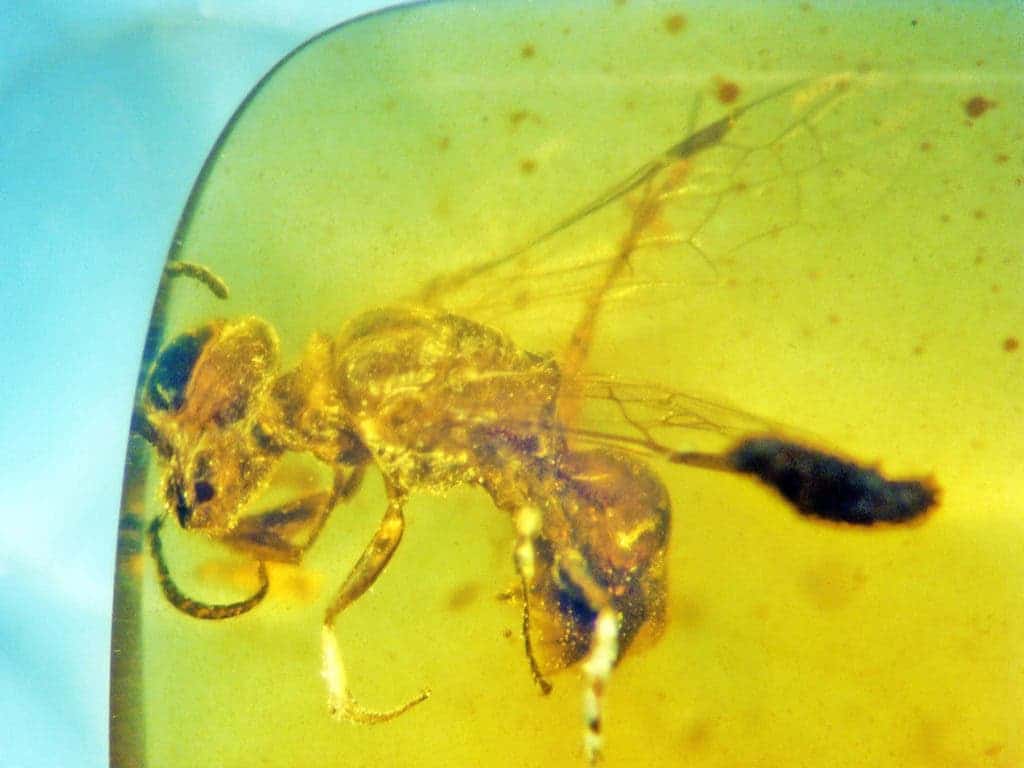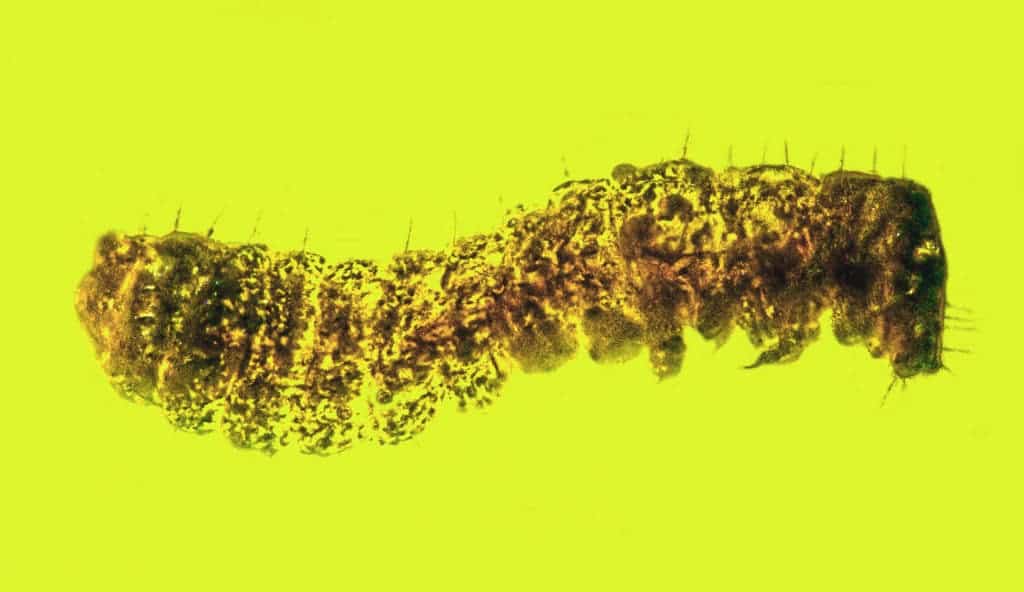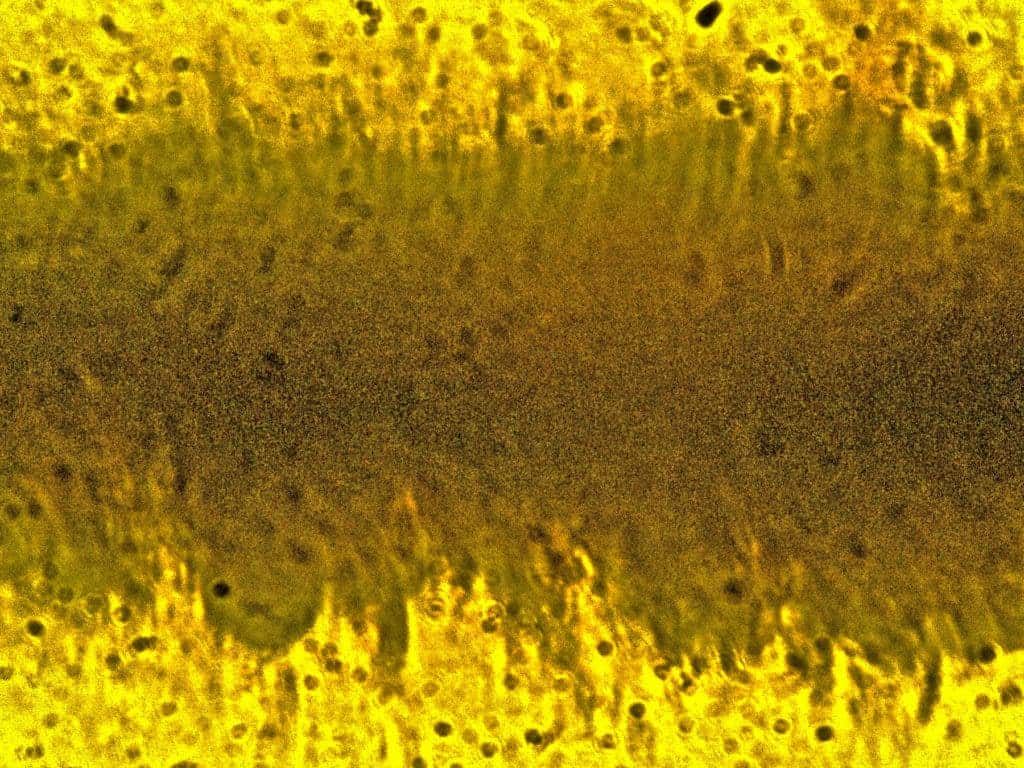
A beetle parasite clinging to a primitive bee species from the mid-Cretaceous geological period sealed the insect’s fate. But what was undoubtedly an unfortunate moment for the insect has now proven to be valuable for science as the pair became stuck in tree resin and later fossilized into amber.
The 100-million-year-old insect marks the first recorded incidence of a primitive bee with pollen. The amber fossils also contain the earliest record of beetle parasites, which continue to afflict modern bees today.

George Poinar of the Department of Integrative Biology at Oregon State is a world-renowned expert in using amber-preserved plants and animals to unravel the ecology and biology of the distant past.
Along with colleagues, Poinar determined that the primitive bee encased in the amber retrieved from Myanmar belongs to a new family, genus and species.
The newly identified species, classified as Discoscapa apicula, in the family Discoscapidae, might provide key insights into the evolutionary history of flowering plants.
Flowering plants and pollinators, such as birds, bees, and butterflies, form a mutually beneficial alliance. Many flowering plants (angiosperms) rely on pollinators to transfer their genetic material from one plant to the other, while bees rely on the flowers’ nectar for food.
The genetic diversity supported by cross-pollination is why flowering plants live in almost all the Earth’s habitats, from deserts like Death Valley to ponds and oceans, and many places in between.

It’s a win-win ecological success story, however, bees weren’t always like this. They evolved from carnivorous apoid wasps, yet not much is known about this radical dietary transition.
“Something unique about the new family that’s not found on any extant or extinct lineage of apoid wasps or bees is a bifurcated scape,” Poinar said in a statement, referring to a two-segment antennae base. “The fossil record of bees is pretty vast, but most are from the last 65 million years and look a lot like modern bees. Fossils like the one in this study can tell us about the changes certain wasp lineages underwent as they became palynivores – pollen eaters.”

Microscopic grains of pollen present on the body of the Discoscapa apicula specimen suggests that the bee had recently visited one or more flowers. But the most compelling evidence of the ancient insect’s pollinating behavior is the presence of 21 beetle larvae, which hitched a ride back to the bee’s nest where they would have devoured bee larvae and their provisions — were it not for a fortuitous meeting with some sticky tree resin.
The findings appeared in the journal BioOne Complete.









